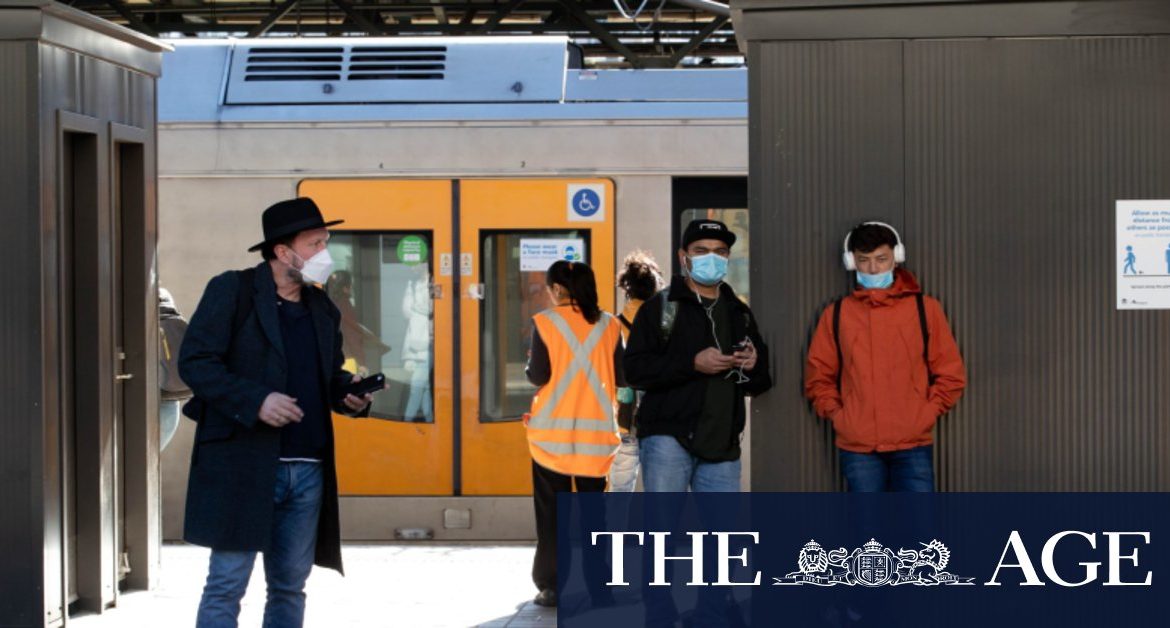Loading
It also widened the peak-hour window, increasing the amount of time each day that commuters would have to pay the higher fee. The changes mean close to 20 per cent of all trips per day will be subject to increased peak hour pricing, the government said in June.
Despite Sydney traffic figures hovering at just 1.5 per cent below pre-COVID levels on Monday, public transport was about 40 per cent down, with 1.2 million trips taken, compared to 2.1 million the same time last year.
University of Technology transport expert Mathew Hounsell said the government needed to consider tinkering with fares to encourage people back to public transport.
“They do need to look at adjusting the peak time again, because the peak surcharge was designed to reduce crowding on public transport, it wasn’t designed to increase the amount of tax the government collected,” he said.
Loading
“If there’s no crowding, they need to look at shrinking that period so they encourage people back.”
But Transport Minister Andrew Constance said there were no immediate plans to increase travel concessions despite the CPI increase. Mr Constance said he expected patronage could increase by up to 75 per cent of pre-pandemic levels in coming months.
“People are very much still opting to use cars instead of public transport, which during a pandemic is ok,” he said.
“I’m not surprised by these numbers, given we’ve had a seeding event over the summer … that it’s a million down on the transport network every day.”
Loading
Mr Constance said Transport for NSW had taken a “massive” hit to revenue during the pandemic, and was deliberately seeking to keep fares affordable.
“We’ve got to recognise that the taxpayer is subsidising the operations very significantly already and will continue, and eventually it will start to smooth out when we get a better feel for how the pandemic will play out,” he said.
A Transport for NSW spokeswoman said the three month discount decreased the average urban transport costs in the September quarter, which offset the latest increase.
Opposition transport spokesman Chris Minns said the government needed to address its increasing fares and keep people off Sydney’s congested roads.
“This government continues to undermine public transport in this state, forcing more commuters onto their toll-mania network of toll roads,” he said.
“This is not simply due to the withdrawal of the additional off-peak discount. The government’s latest public transport fare changes included widening the peak window by three hours per day.”
An ABS spokesman said the government’s cessation of the concessions was the driving factor in the CPI increase.
“In this sort of scenario the percentage change for the return in prices is expected to be larger than the fall, as the same dollar amount is being compared to a lower price level in the previous quarter, and hence constitutes a higher proportion of that level,” the spokesman said.
They said the changes to the peak hour window did impact CPI, but it was largely offset by the permanent 30 per cent off-peak discounts.
Start your day informed
Our Morning Edition newsletter is a curated guide to the most important and interesting stories, analysis and insights. Sign up here.
Tom Rabe is Transport Reporter with The Sydney Morning Herald.
Most Viewed in National
Loading







